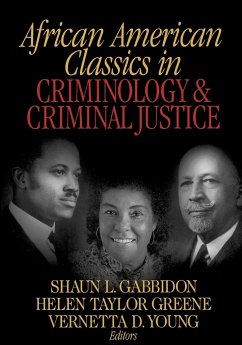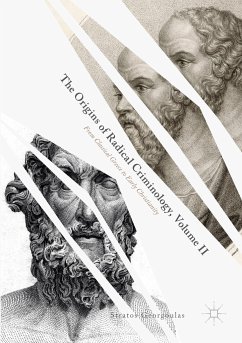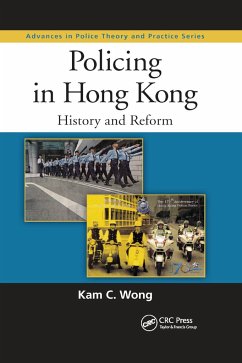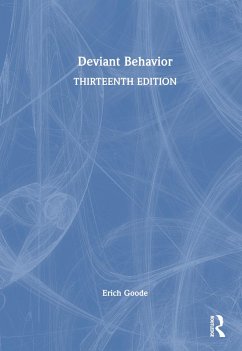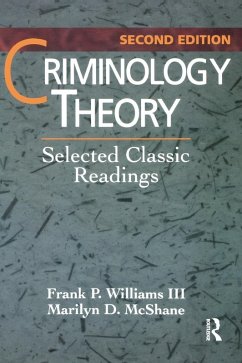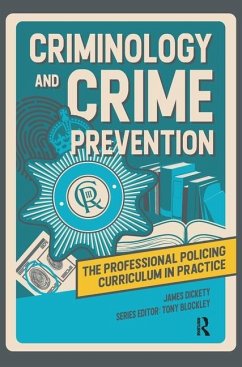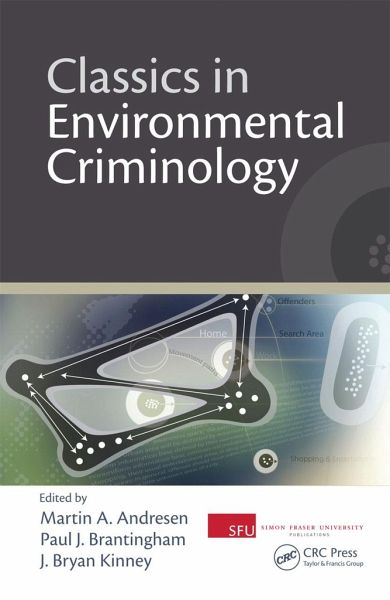
Classics in Environmental Criminology
Versandkostenfrei!
Versandfertig in 1-2 Wochen
151,99 €
inkl. MwSt.
Weitere Ausgaben:

PAYBACK Punkte
76 °P sammeln!
A comprehensive collection of seminal pieces on environmental criminology, this work focuses on the role that the immediate environment plays in the occurrence of a crime. Legendary contributors demonstrate that a careful analysis of environmental factors is key to understanding the causes of crime, solving crimes, and helping to predict and prevent them. Topics covered include routine activity theory, the geometric theory of crime, the rational choice theory, and the pattern theory of crime. Invaluable as a textbook and as a professional reference, this volume also explores concepts related t...
A comprehensive collection of seminal pieces on environmental criminology, this work focuses on the role that the immediate environment plays in the occurrence of a crime. Legendary contributors demonstrate that a careful analysis of environmental factors is key to understanding the causes of crime, solving crimes, and helping to predict and prevent them. Topics covered include routine activity theory, the geometric theory of crime, the rational choice theory, and the pattern theory of crime. Invaluable as a textbook and as a professional reference, this volume also explores concepts related to crime prevention.





